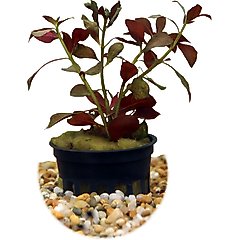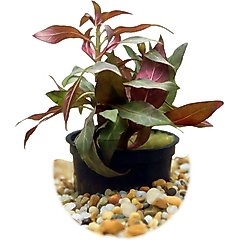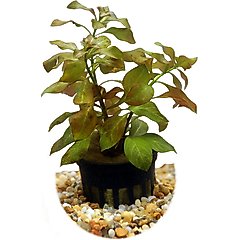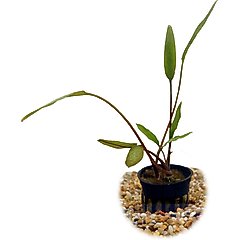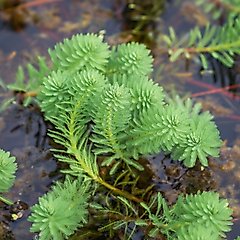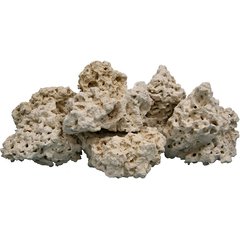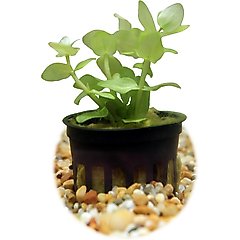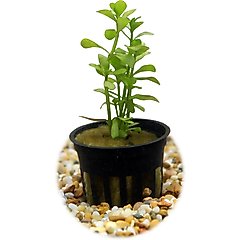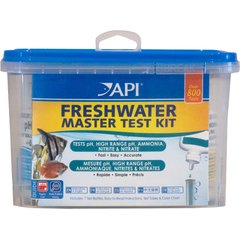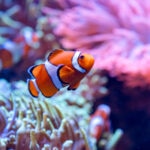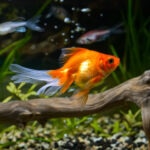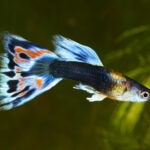14 Live Aquarium Plants To Beautify Your Fish Tank

Photo by Mark_VB / iStock / Getty Images Plus
Whether your aquarium is new or you want to update its look, adding live aquarium plants will beautify your fish tank.
Here are 14 of the best live aquarium plants to include in your fish tank design.
Why Are Live Aquarium Plants Important?
Plants in freshwater aquariums do more than look nice. They also help keep the water clean, provide oxygen, and filter out toxins. Some also offer food or shelter for your fish, creating a more natural habitat.
Best Freshwater Aquarium Plants
Plants have different growth types—like stem plants, floating, and bunching—that determine how they’re planted and where they should go in the tank. Shorter, smaller plants work best in the foreground, mid-sized plants do well in the middle (mid-ground), and tall plants belong in the background.
Stem Plants
Stem plants vary in height from small, compact foreground plants to tall background plants that add visual structure to your aquarium.
Amazon Sword (Echinodorus spp.)

Photo by Juan Carlos Juarez Jaramillo / iStock / Getty Images Plus
Technically, “Amazon sword” refers to all plants in the Echinodorus genus. However, the types most commonly sold for aquariums are E. amazonicus, E. grisebachii, and E. bleheri.
As stem plants, Amazon swords get big and make a fantastic centerpiece in a planted tank.
Like other submerged plants, Amazon sword plants absorb CO2 and release oxygen for your fish. They may also keep ammonia and nitrate levels in safe ranges.
Cryptocoryne (Cryptocoryne spp.)
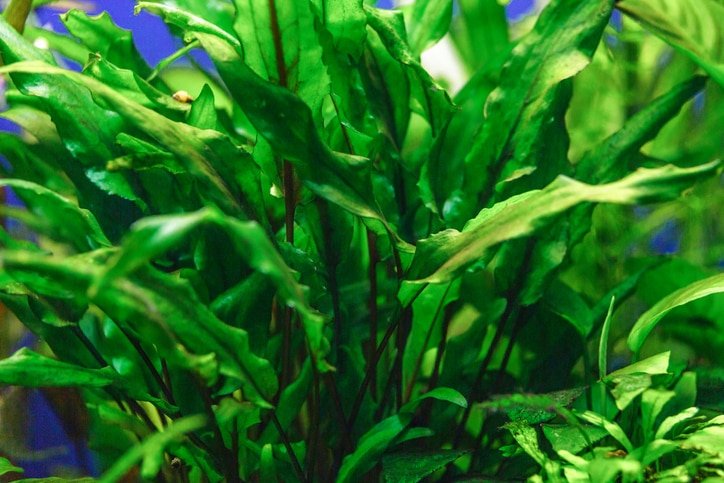
Photo by IURII BUKHTA / iStock / Getty Images Plus
Because there are so many species in the Cryptocoryne genus, even experienced aquarists get them confused. Common types include Cryptocoryne wendtii, which comes in green, red, and brown varieties, and Cryptocoryne beckettii, which has long, puckered leaves and can handle a variety of lighting conditions.
Jungle Val (Vallisneria americana)
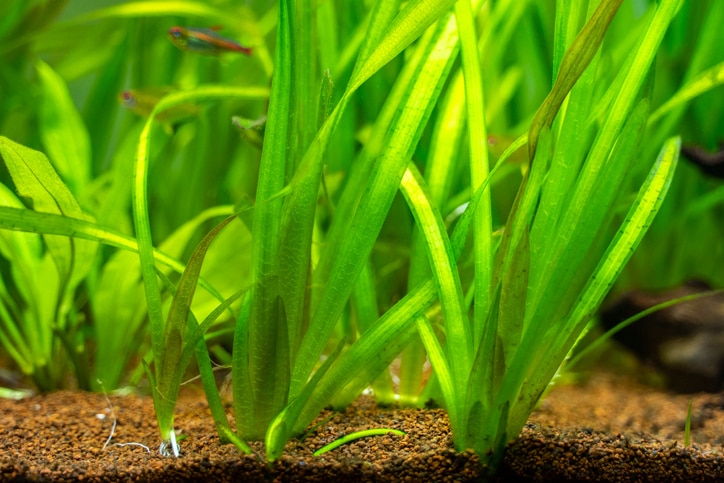
Photo by Juan Carlos Juarez Jaramillo / iStock / Getty Images Plus
Also called by its scientific genus of Vallisneria, Jungle Val is one of the best submerged oxygenating plants. It’s very hardy and can spread across the substrate, where it looks like an underground field.
Jungle Val is great for aquariums with larger fish that are harder on more delicate plants. This is an ideal background plant because it grows so tall.
Ludwigia (Ludwigia spp.)
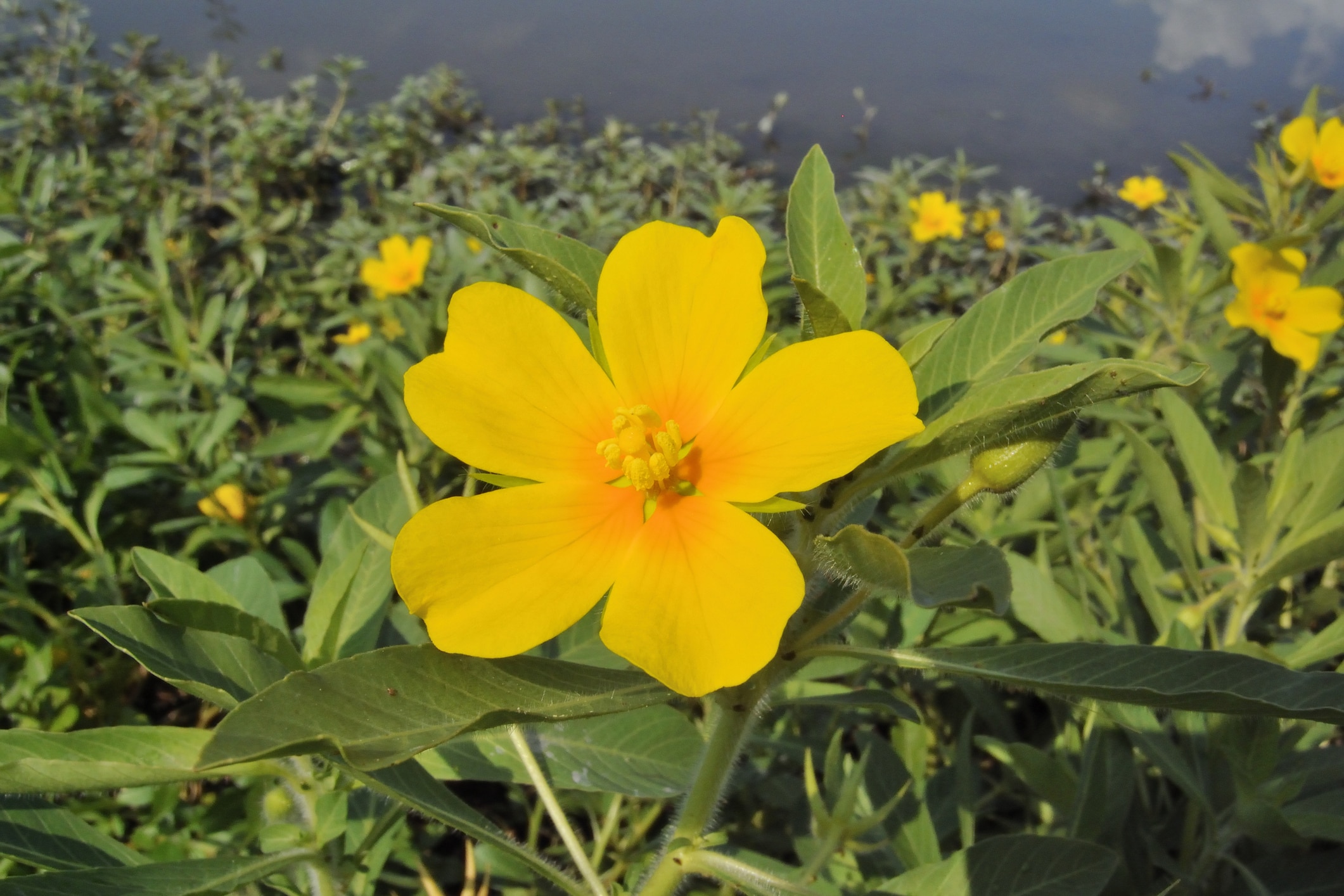
Photo by mauribo/iStock / Getty Images Plus via Getty Images
If you’re more experienced and want color contrast, check out the Ludwigia species. In varying shades of pinkish red to greenish red, varieties include:
- Ludwigia repens (dark red ludwigia)
- Ludwigia brevipes (dwarf ludwigia)
- Ludwigia peruensis
- Ludwigia ovalis
- Ludwigia lucens
Ludwigia works best as a mid-ground or background plant when grouped in bunches, creating a full, bushy appearance.
Recommended Products
Floating Plants
In addition to submerged plants, you could include a few floating plants. They add a layer of beauty and help filter toxins from the water without needing their roots in the substrate.
Parrot’s Feather Plant (Myriophyllum aquaticum)

Photo by SUNGMOON HAN/iStock / Getty Images Plus via Getty Images
For more experienced aquarists, the parrot’s feather plant’s bright green, feathery leaves add soft beauty to freshwater aquariums.
While parrot’s feather is easy to grow, it can be hard to control—so much so that some states have instituted regulations to restrict its planting. Check local regulations before buying it for your aquarium.
Recommended Product
Hornwort (Ceratophyllum demersum)
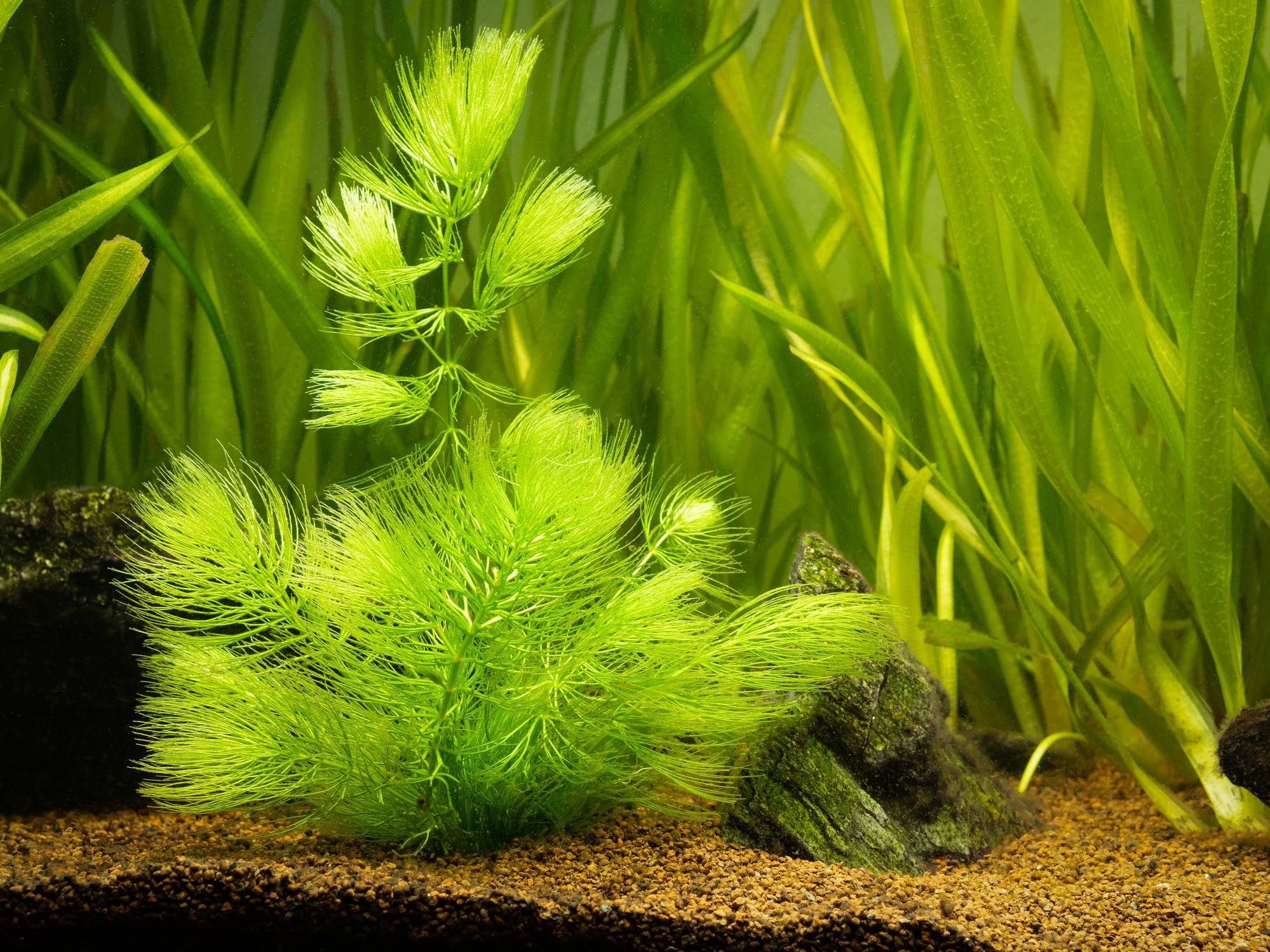
Photo by Juan Carlos Juarez Jaramillo/iStock / Getty Images Plus via Getty Images
This plant needs high light and can grow either anchored with weights or planted in the substrate—or even as a free-floating oxygenator in your tank. Most fish leave hornwort alone when feeding, but they will use it for shelter.
Recommended Product
Crystalwort (Riccia fluitans)

Photo by Lukas Kastner/iStock / Getty Images Plus via Getty Images
Native to subtropical and tropical regions, crystalwort is a vivid green plant with a mosslike appearance and tiny branching stems. It can grow across the surface of your aquarium or anchored to a submerged rock or log, where it forms a dense carpet.
Recommended Product
Water Sprite (Ceratopteris thalictroides)
Photo by Rafael Pinto/iStock / Getty Images Plus via Getty Images
If you love ferns, add a water sprite to your fish tank. This water fern has a weak root system and must get all of its nutrients from the water—making it an ideal floating plant. However, you can also anchor it to a decoration.
Recommended Product
Water Lettuce (Pistia stratiotes)
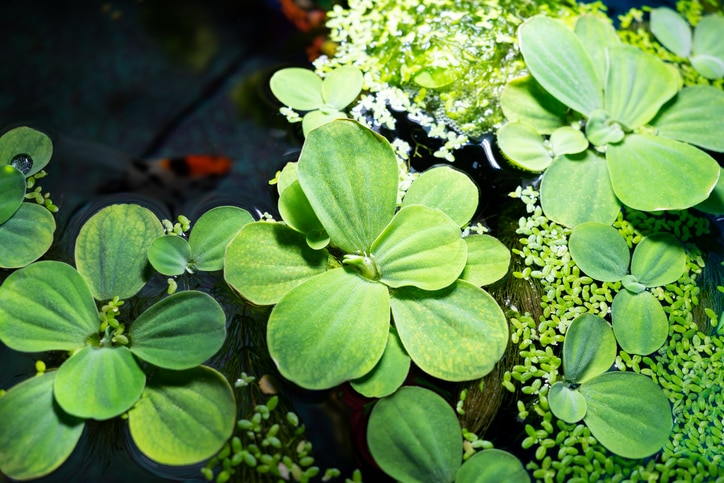
Photo by Staras / iStock / Getty Images Plus
Water lettuce grows in rosettes and looks like a floating green cabbage with light green leaves that measure about 2–4 inches long. The roots, sometimes reaching 12 inches, dangle from the main plant and provide shelter for fish.
Note that water lettuce is prohibited in some states, so check your local regulations before adding this plant to your tank.
Bunch Plants
Bunch plants are typically grouped in multiple stems together when planted. They form tight clumps that sometimes spread across the aquarium.
Dwarf Sagittaria (Sagittaria subulata)
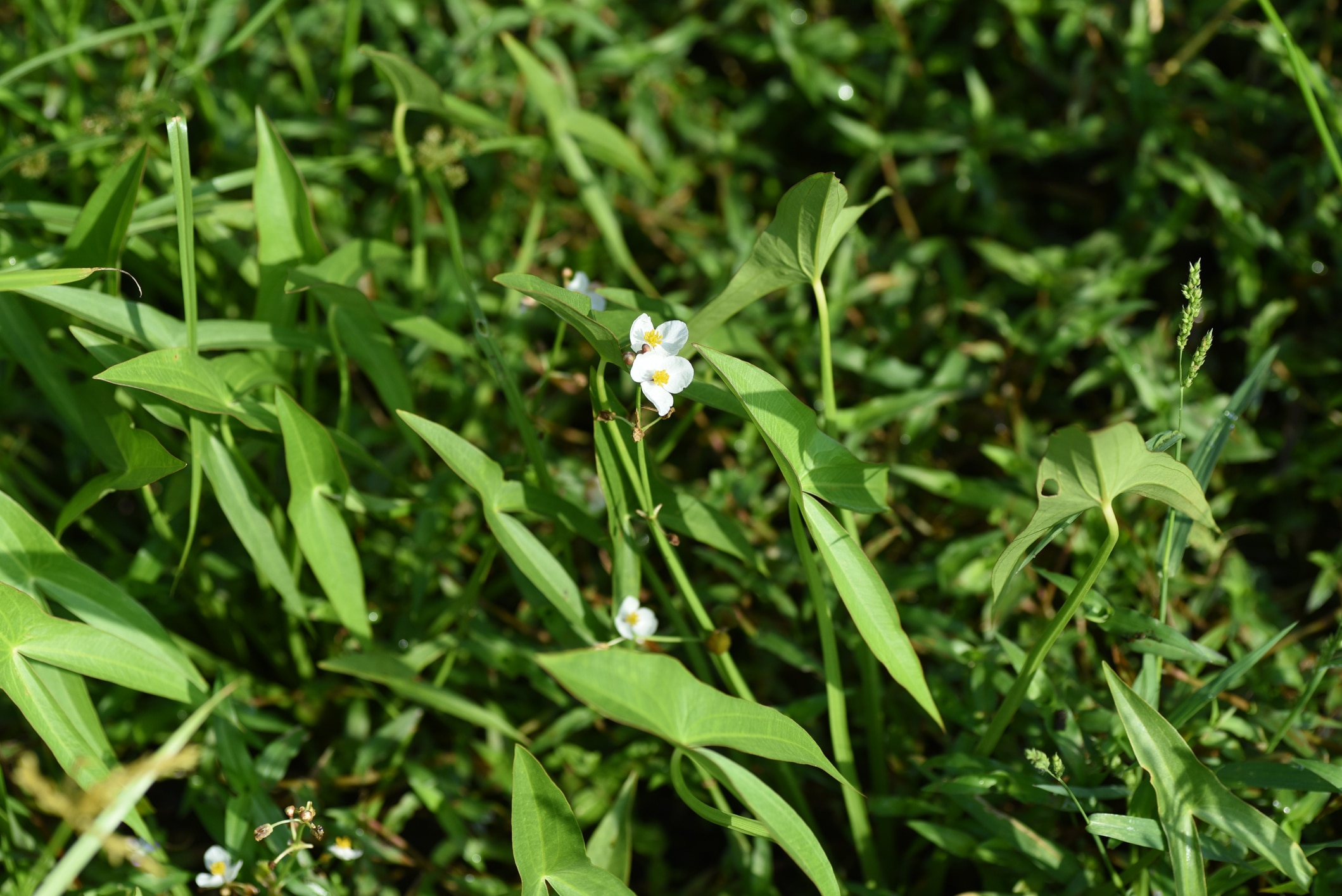
Photo by undefined undefined/iStock / Getty Images Plus via Getty Images
While most Sagittaria plants have arrow-shaped leaves, the most common Sagittaria in fish tanks is dwarf Sagittaria. It features narrow, grass-like leaves that grow from a central crown and spread through runners, eventually forming a thick, green carpet.
Recommended Product
Ambulia (Limnophila sessiliflora)
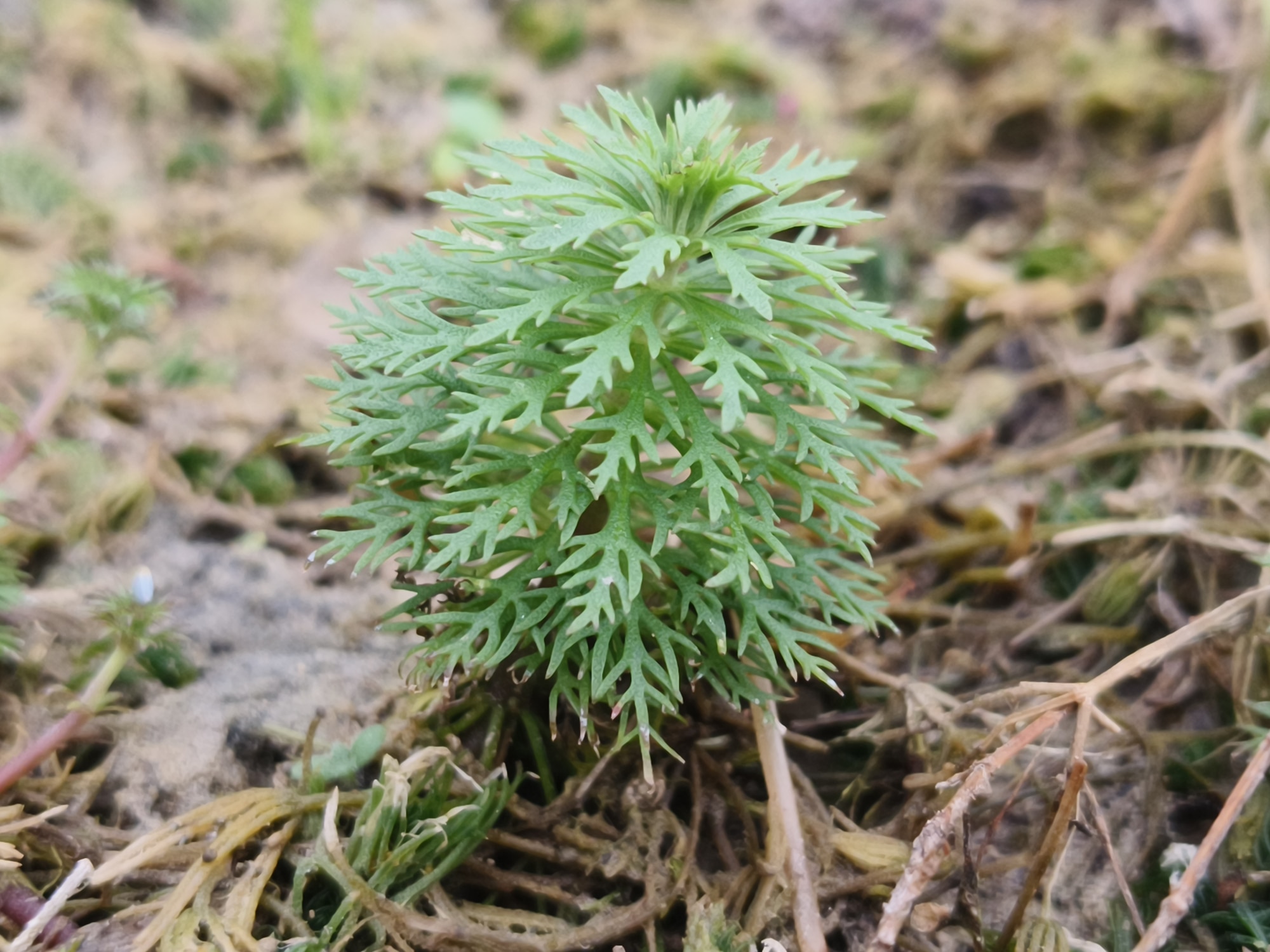
Photo by Jayantibhai Movaliya/iStock / Getty Images Plus via Getty Images
Also known as Asian marshweed, ambulia is a fast-growing aquatic plant with soft, feathery leaves that add a vibrant pop of green to your aquarium. It’s easy to care for and a great choice for beginners.
Bacopa (Bacopa spp.)

Photo by Imam Tri Hidayat/iStock / Getty Images Plus via Getty Images
A versatile group of plants, the Bacopa genus includes lemon Bacopa (B. caroliniana), Brazilian Bacopa (B. australis), and moneywort (B. monnieri).
Depending on the variety, you can plant them in locations ranging from the foreground to the background of your aquarium. They do well when planted in bunches, and some grow 24 inches tall.
Recommended Products
Rotala Wallichii (Rotala wallichii)
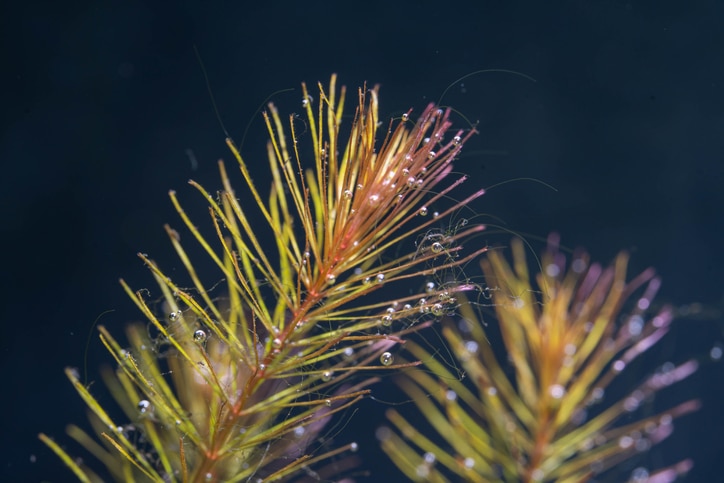
Photo by Richard Ernest Yap / iStock / Getty Images Plus
Another aquarium plant that goes by its scientific name, Rotala wallichii is stunning when planted in dense bunches. It has fine needle-shaped leaves that can be bright pink, red, or orange and grows up to 12 inches tall, making it a wonderful mid-ground or background plant.
Anacharis (Egeria densa)
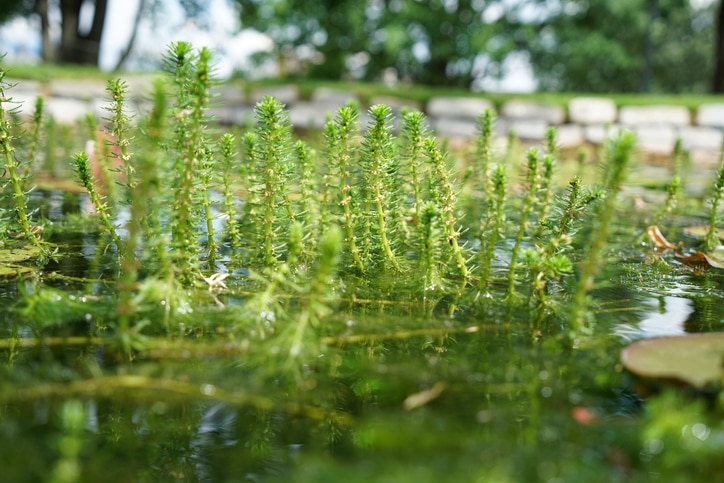
Photo by Helmut Feil / iStock / Getty Images Plus
The anacharis is another terrific background plant. Its feathery leaves grow from tall, fast-growing stems.
It’s important to note that anacharis needs very high light and is prone to drop leaves. Also, any fish with the slightest inclination to nibble on plants finds these irresistible.
How To Care for Live Aquarium Plants
Aquarium plants make your tank beautiful but are also an important part of keeping a healthy aquatic habitat. Proper care and management of your live aquarium plants will ensure they thrive, contributing to the health and well-being of your aquatic pets.
Here’s how to care for your live aquarium plants:
Plant Selection
Choose plants that are compatible with your aquarium and your fish. Take the time to research each plant’s ideal growing conditions to ensure they thrive.
Lighting
Plants need varying amounts of light to flourish—for most that means eight to 10 hours of sunlight. So, before you start planting, be sure your fish tank has a light source that provides the right amount of UVA and UVB for the type of plants you are planning.
Then when you plant your aquarium, arrange the plants so that they receive the light they need. Remember, deeper tanks will need more powerful lights to reach the bottom of the tank.
Water Quality
Just like your aquatic pets, underwater plants need specific water conditions to thrive. For example, most plants need water pH between 6.5 and 7.5. Water hardness and nutrient levels are also critical and depend on the plant species you chose.
Test your water quality regularly using test kits such as the API Freshwater Master Test Kit.
Recommended Product
Nutrients and Substrate
Select a nutrient-rich substrate to get your plants off to a strong start. Then fertilize as necessary with nutrients including nitrogen, phosphorous, and potassium. You may also need to supplement with CO2 if your fish aren’t producing enough.
Recommended Products
Pruning and Maintenance
To keep your plants from overgrowing and suffocating themselves, be sure to trim them back periodically. Remove dead or decaying plant matter to keep your habitat healthy.
Attributions
This content was reviewed by aquatic fish expert Joseph Hiduke.
